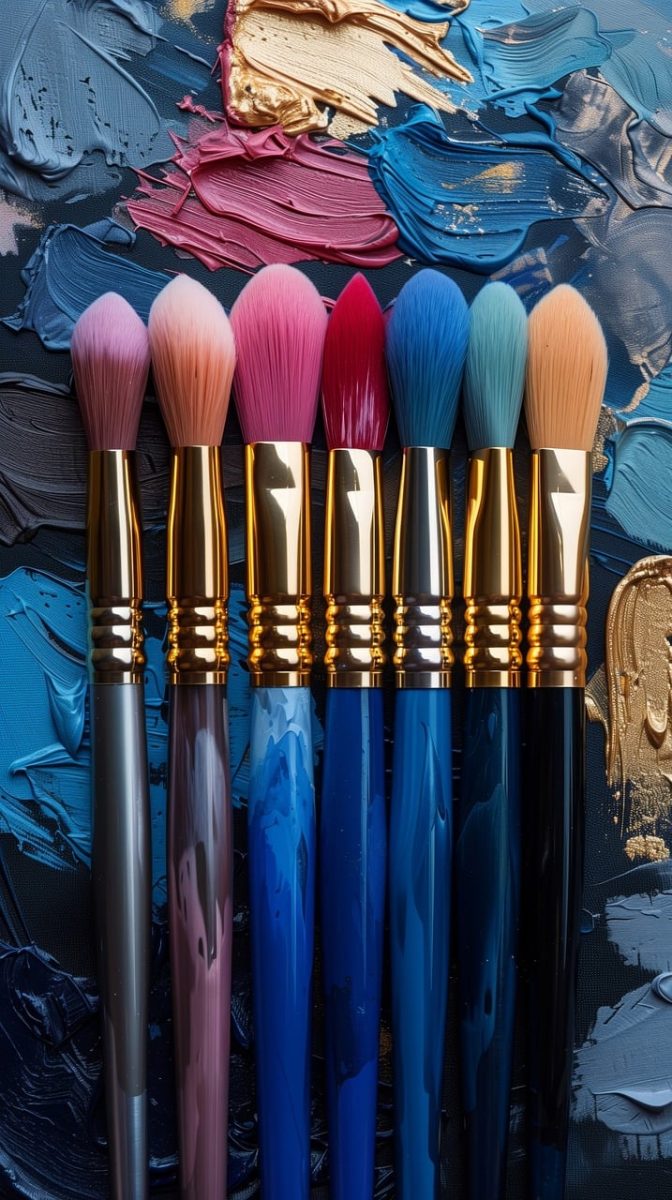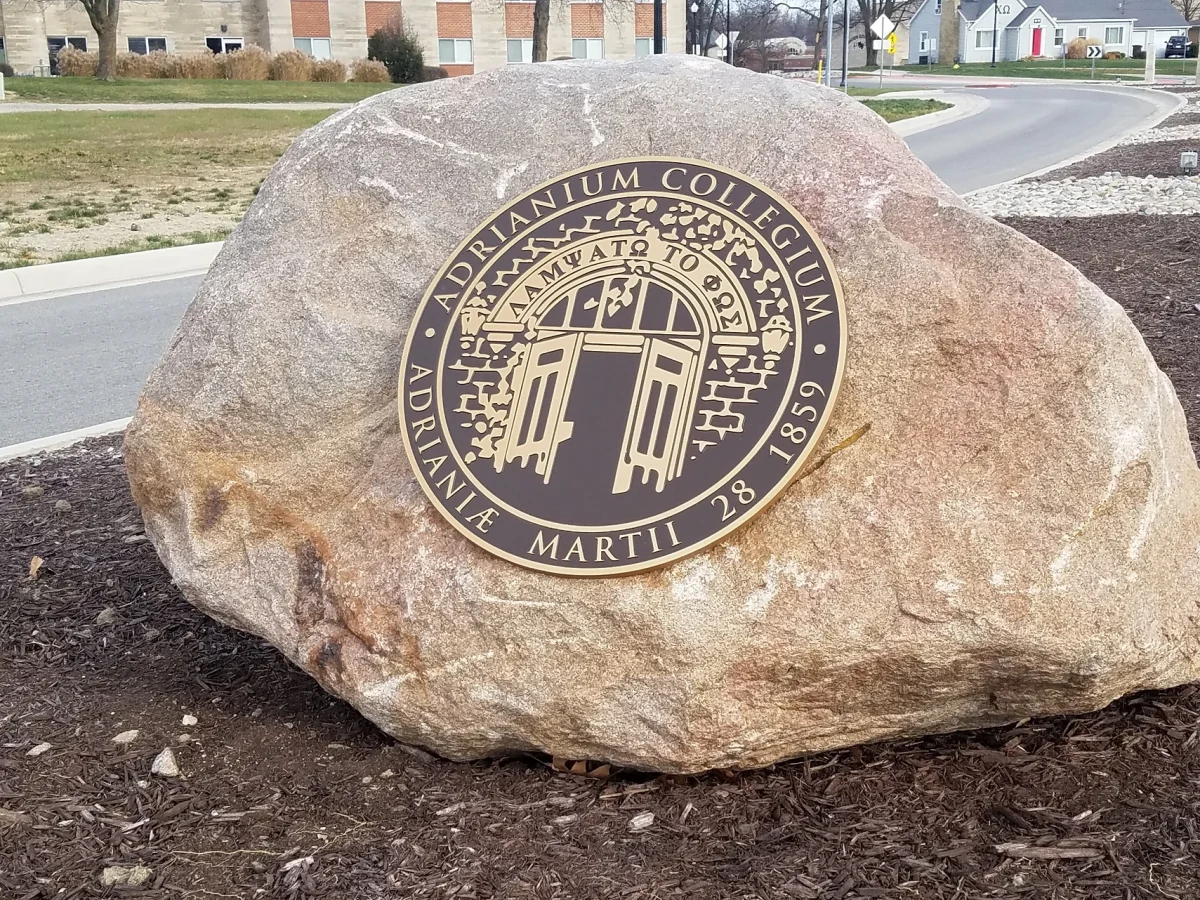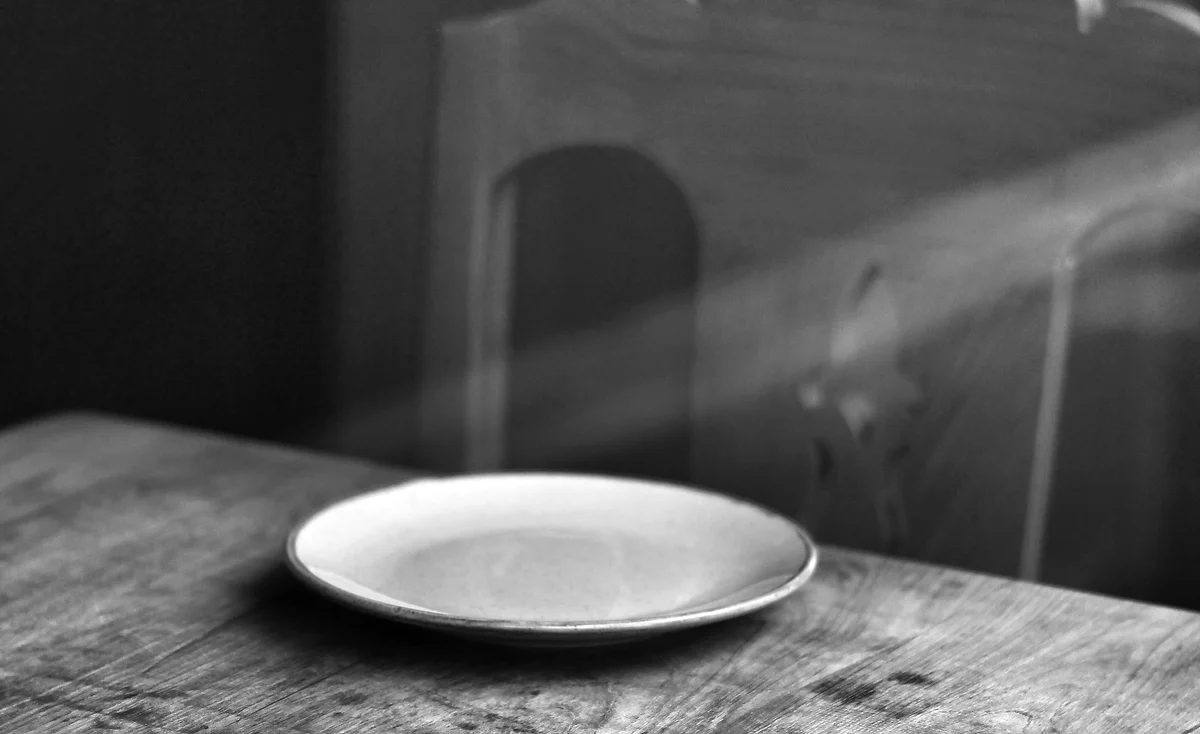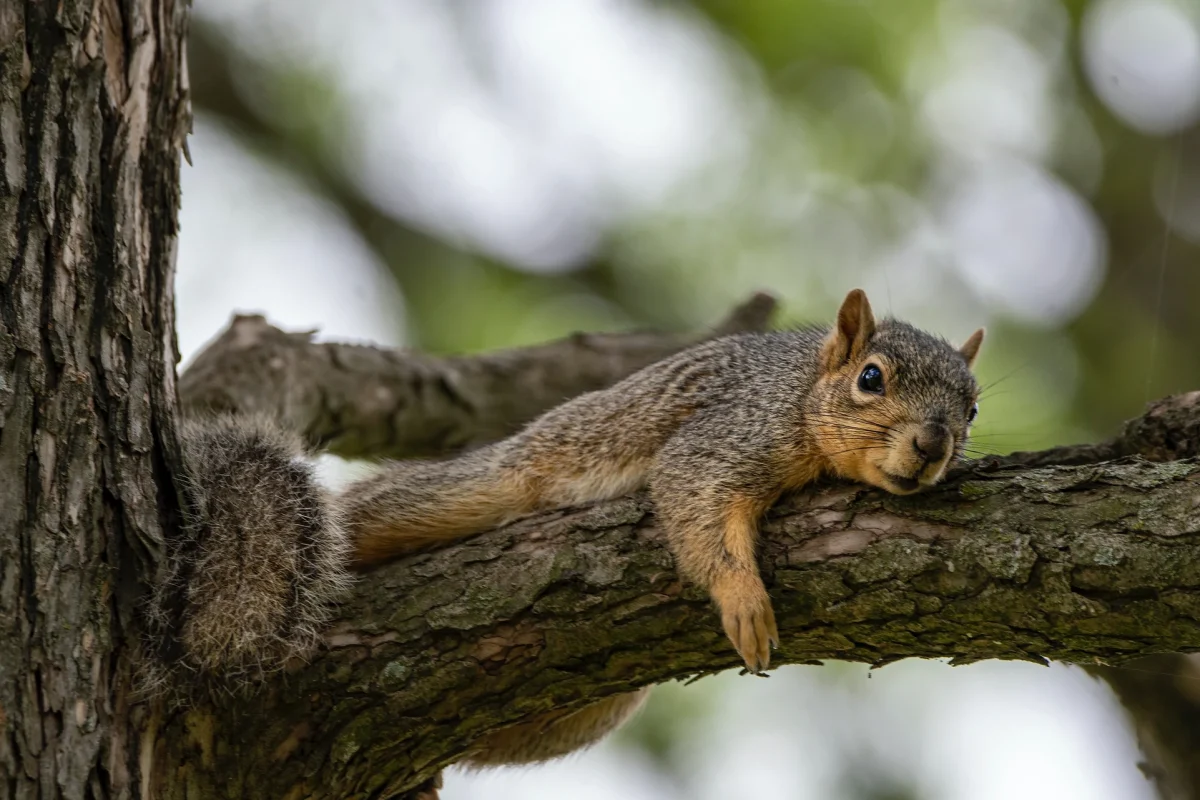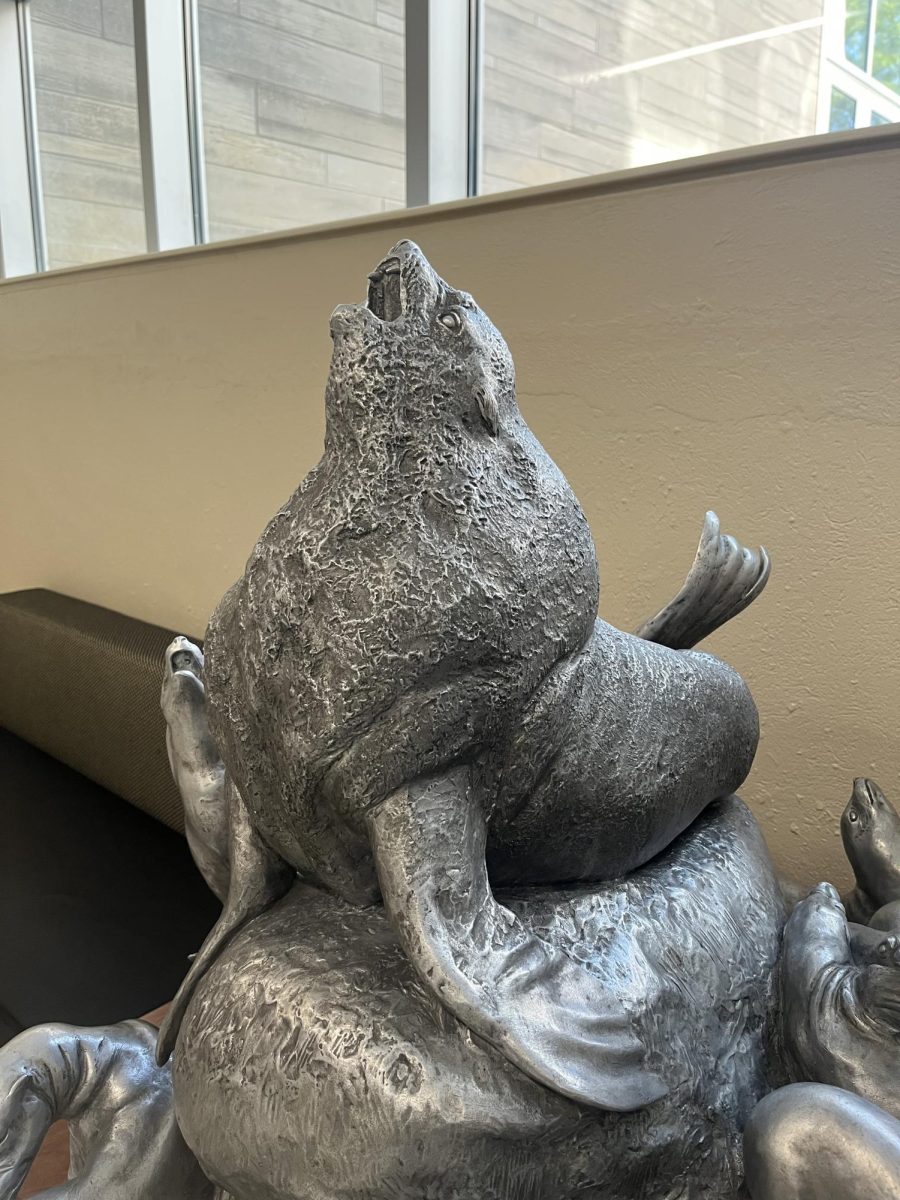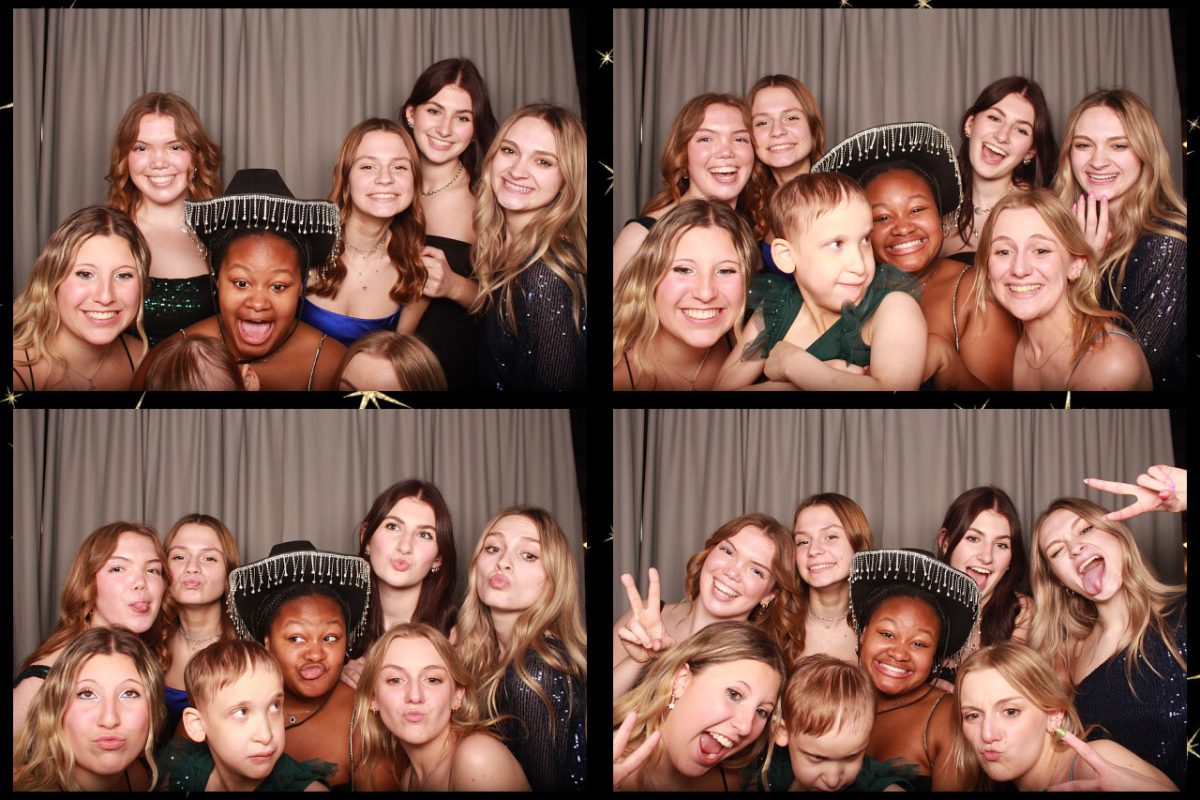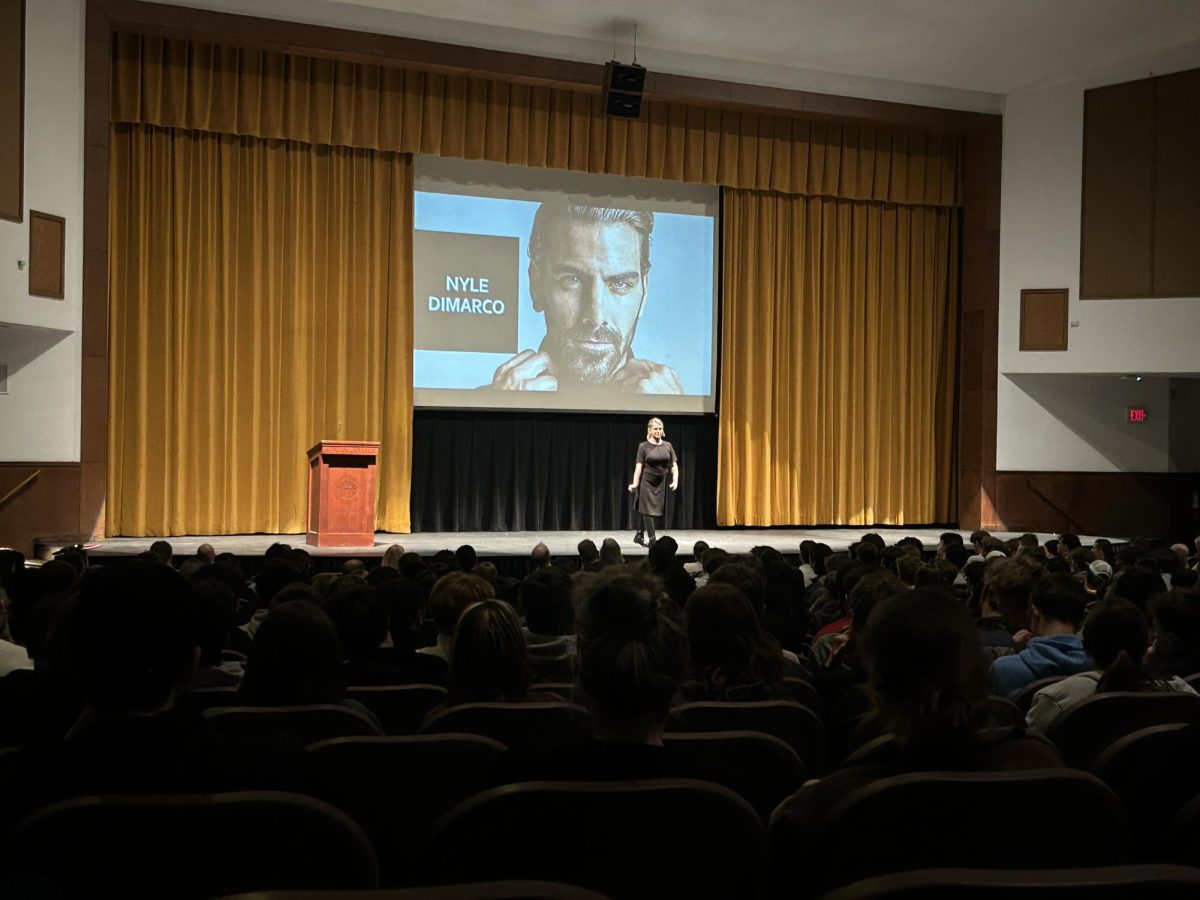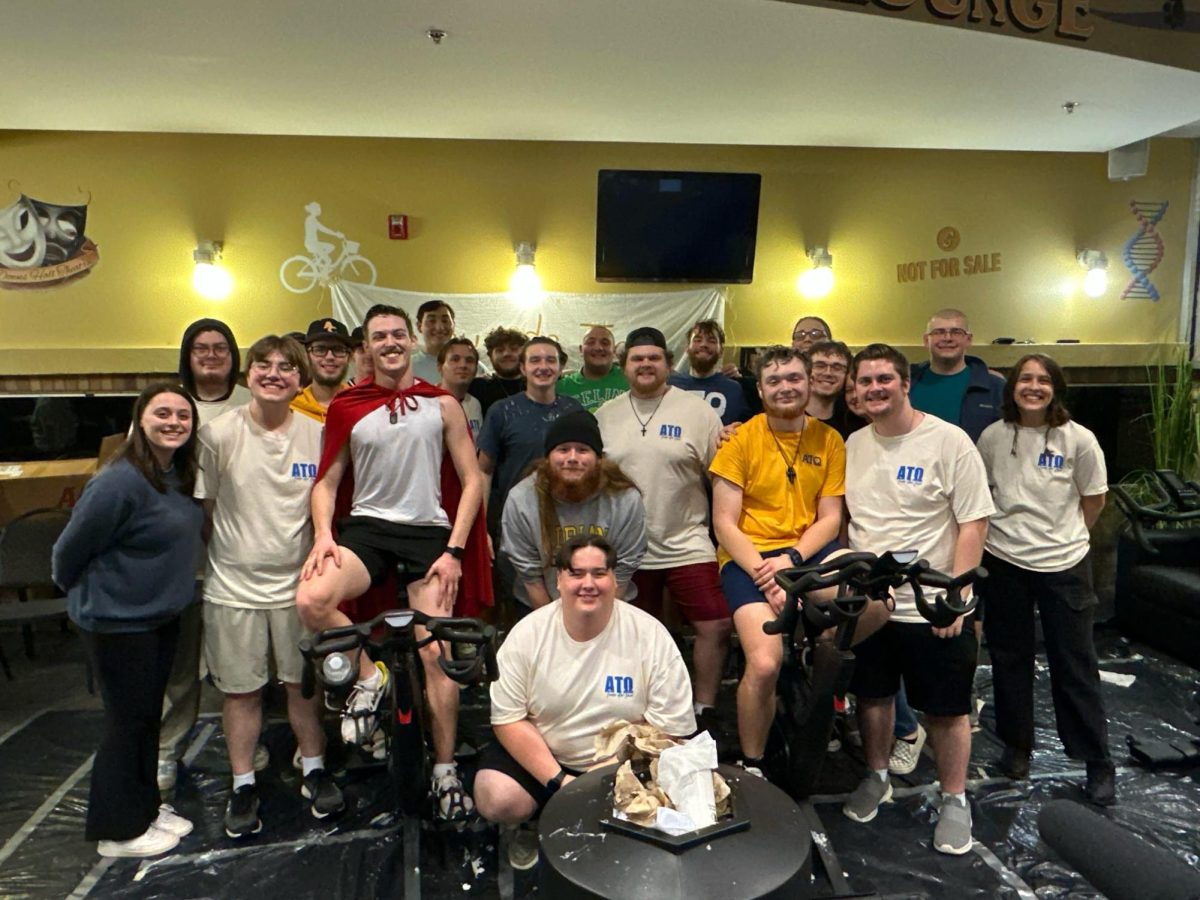As a commuting student, one problem I face daily is the gap between my classes. Almost every weekday, I have a period of time where I have nothing planned that’s too short for me to drive home. As a result, I have a small collection of quiet places where I like to relax for an hour or two before my next class. One such place is in Peelle, near the bottom of the staircase lined with beanbags. It’s usually pretty quiet, it’s near quite a few of my classes, and it has a large sculpture of a hulking aluminum seal.
During an especially long gap, I began to wonder what the story of this sculpture was, and did something that I had shockingly not done yet: I read the plaque. This was the first time I heard the name Anna Hyatt Huntington. Huntington was an American sculptor in the early 20th century. With her mother being a watercolor painter and her father being a professor of zoology and paleontology, she became interested in animal anatomy and art at a young age. She expressed these interests by sculpting lifelike animals.
Successfully sculpting animals is difficult. You can’t have an animal pose for a sculpture, and so an artist needs to depend on their memory to accurately depict the creature. This was something Huntington excelled at, and this was quickly recognized by others. When she traveled to France in 1906, her sculptures received critical acclaim. She only returned to America when she was commissioned to sculpt a statue of Joan of Arc in New York City. The statue was erected near Riverside Drive on a base that contained fragments of the cell that Joan of Arc was kept in before her execution. This was the first statue made by a woman to be displayed in the city and earned Huntington the Legion of Honor.
Another popular sculpture that Huntington created depicted Abraham Lincoln riding a horse while reading a book. Sound familiar? Yes, the sculpture in the main entrance of the Shipman Library was also made by Huntington. The sculpture is titled “Young Abe Lincoln on Horseback”, and while the lifesized sculpture is on the campus of Syracuse University, the smaller reference model was gifted to Adrian College, due to Huntington’s relationship with Edward Pellowe (namesake of Pellowe Hall). In a way, you could say that we have the original, and that Syracuse’s is the copy.
I’m very fond of Huntington’s seal sculpture, not only for its artistry, but also for the lesson it taught me that day. Art is not made to be ignored. Our campus is littered with artwork, from the mesmerising painting of a tree in the Peelle stairwell to the new Michigan-shaped table in Goldsmith. We have pieces of beauty everywhere, and every day, we walk by them: we ignore them. If I hadn’t had the curiosity to wonder why there was a giant aluminum Peelle seal, I never would’ve learned about our college’s connection to one of the greatest sculptors of the 20th century. So, if you pass an especially beautiful work of art, ask yourself how it got there.


